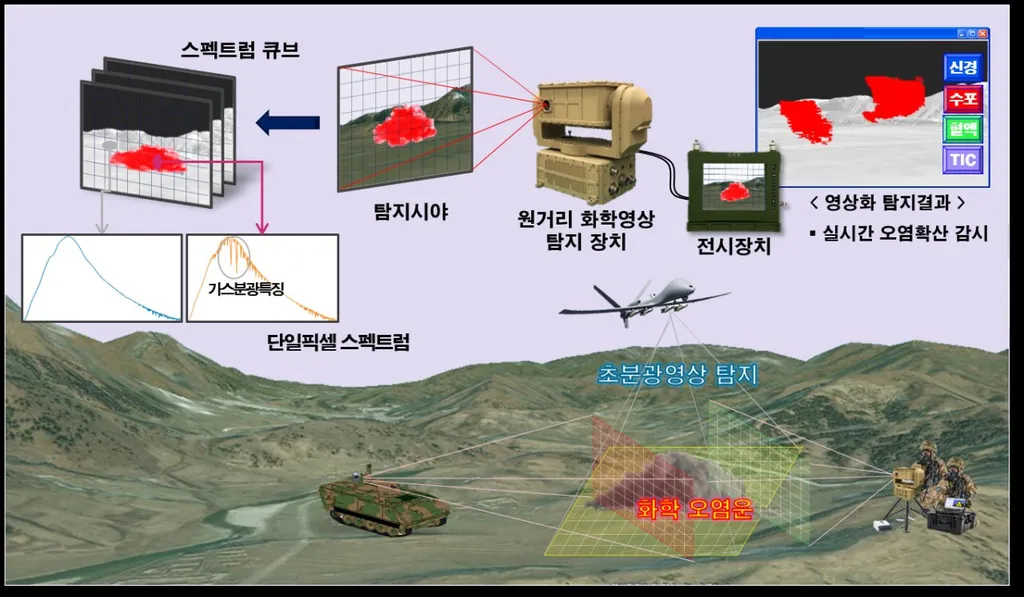In the quest to ensure food safety and quality, researchers have developed a groundbreaking method that could revolutionize how we detect and monitor pesticide residues on agricultural produce. Dennis Semyalo, from the Department of Smart Agricultural Systems at Chungnam National University in South Korea, has introduced a novel approach that combines short-wavelength infrared hyperspectral imaging with spectral unmixing techniques. This innovation, published in the journal *Foods* (which translates to “Foods” in English), promises to enhance the efficiency and accuracy of pesticide residue analysis, potentially reshaping the agricultural and food safety sectors.
The study focuses on detecting chlorfenapyr and azoxystrobin residues on edible perilla leaves, a popular vegetable in many Asian cuisines. By treating 66 leaves with varying concentrations of these pesticides, Semyalo and his team utilized multicurve resolution-alternating least squares (MCR-ALS), a spectral unmixing method, to identify and visualize the distribution of pesticide residues. “This technique allows us to see exactly where and how much pesticide is present on the leaves, which is crucial for ensuring consumer safety,” Semyalo explained.
The results were impressive. The method achieved a remarkable explained variance of 99% for both pesticides, with low lack-of-fit values of 1.03% and 1.78%. Moreover, the team developed a quantitative model that integrates MCR-ALS with Gaussian process regression to estimate chlorfenapyr residue concentrations. This model demonstrated a root mean square error of double cross-validation (RMSEV) of 0.0012% and a double cross-validation coefficient of determination (R²v) of 0.99. “Compared to other chemometric approaches, our integrated method significantly improved accuracy and reduced errors,” Semyalo noted.
The implications of this research are far-reaching. Traditional methods of pesticide residue analysis often involve destructive testing, which can be time-consuming and costly. The non-destructive nature of hyperspectral imaging, coupled with spectral unmixing, offers a more efficient and scalable solution. This could be particularly beneficial for the agricultural industry, where real-time monitoring of produce quality is essential.
“Our goal is to support the delivery of high-quality fresh vegetables to consumers,” Semyalo stated. “By providing a more accurate and efficient way to detect pesticide residues, we can help ensure that the food supply is safe and reliable.”
The commercial impacts of this research are substantial. For the energy sector, which often intersects with agricultural practices, this technology could lead to more sustainable and efficient farming methods. By reducing the need for extensive chemical testing, farmers can minimize waste and optimize resource use, ultimately lowering production costs and environmental impact.
As the agricultural industry continues to evolve, the integration of advanced technologies like hyperspectral imaging and spectral unmixing will play a pivotal role. This research not only advances our understanding of pesticide residue analysis but also paves the way for future innovations in food safety and quality control. With further development, these techniques could become standard practice in the agricultural sector, ensuring that consumers have access to safe and high-quality produce.
In the words of Semyalo, “This is just the beginning. The potential applications of these technologies are vast, and we are excited to explore how they can be further developed and implemented in the future.”

